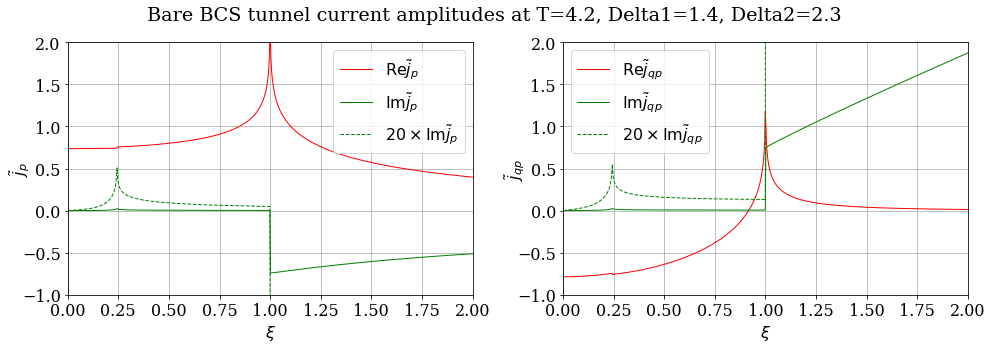Josephson Flux Flow Oscillator: the Microscopic Tunneling Approach
We elaborate a theoretical description of large Josephson junctions which is based on the Werthamer's microscopic tunneling theory. The model naturally incorporates coupling of electromagnetic radiation to the tunnel currents and, therefore, is particularly suitable for description of the self-coupling effect in Josephson junction. In our numerical calculations we treat the arising integro-differential equation, which describes temporal evolution of the superconducting phase difference coupled to the electromagnetic field, by the Odintsov-Semenov-Zorin algorithm. This allows us to avoid evaluation of the time integrals at each time step while taking into account all the memory effects. To validate the obtained microscopic model of large Josephson junction we focus our attention on the Josephson flux flow oscillator. The proposed microscopic model of flux flow oscillator does not involve the phenomenological damping parameter, rather, the damping is taken into account naturally in the tunnel current amplitudes calculated at a given temperature. The theoretically calculated current-voltage characteristics is compared to our experimental results obtained for a set of fabricated flux flow oscillators of different lengths. Our theoretical calculation agrees well with the obtained experimental results, and, to our knowledge, is the first where theoretical description of Josephson flux flow oscillator is brought beyond the perturbed sine-Gordon equation.
PDF Abstract